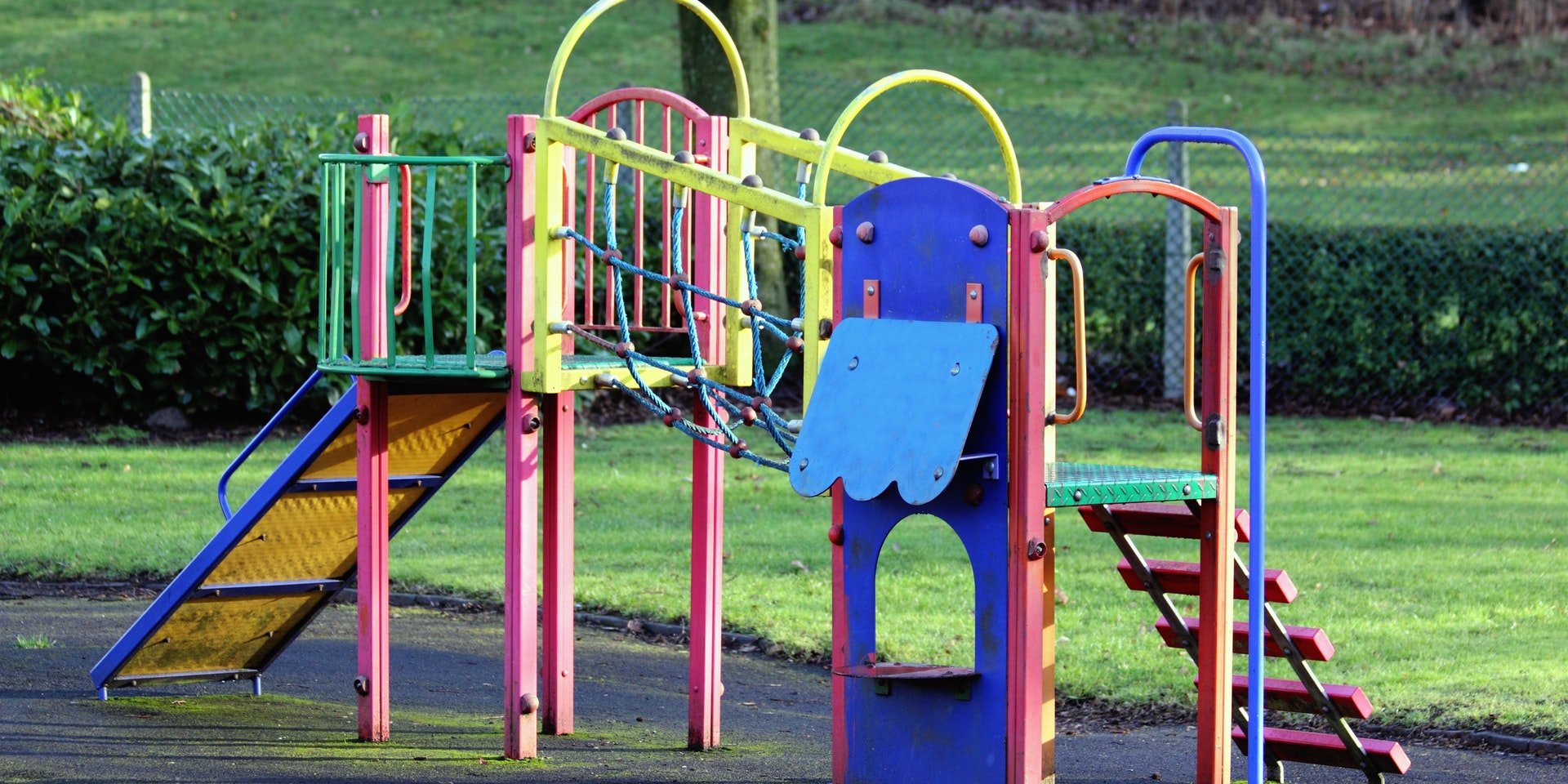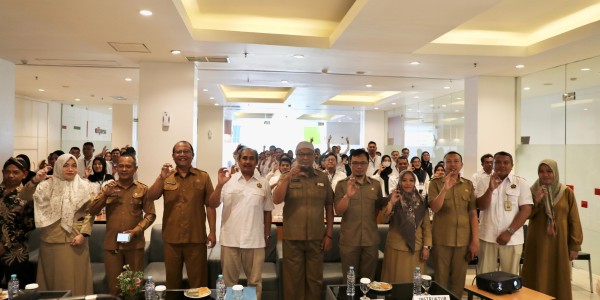Kembangkan Pariwisata, Dispar Jalin Kemitraan dengan PT dan SMK Pariwisata..
Kamis, 23 Oktober 2025. Pariwisata Gorontalo terus bertumbuh. Jumlah pergerakan wisatawan mencapai 3,7 juta selama 2024. Meski demikian sejumlah tantangan masih ada di depan mata, antara lain minimnya SDM Pariwisata ya...


 Indonesia
Indonesia








